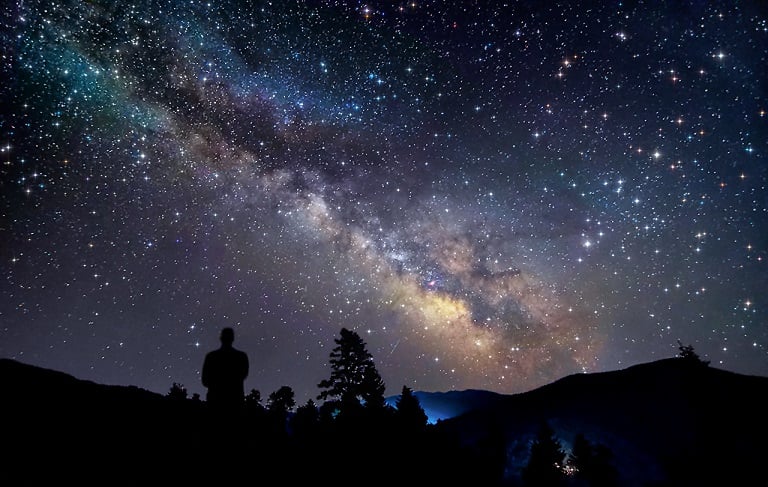
Up on the slopes of central Greece, about 230 kms from Athens and 30 kms from historic Thermopylae, stands a humble, yet fully functional, planetarium and space observatory of unparalleled touristic and educational value to the area and beyond.
Certified by the European Space Agency (ESA) as the third largest in Greece, the Kakoyianneio Star School, Planetarium and Space Observatory hides in the dense forest that surrounds the small picturesque village of Ypati.
Unlike the great prestigious Eugenides Foundation in Athens and Noisis in Thessaloniki, either located in the heart of Greece’s busiest metropolises, the Kakoyianneio’s idyllic countryside location grants it a distinct mystic and eclectic allure, at a fierce 480 metres above sea level.
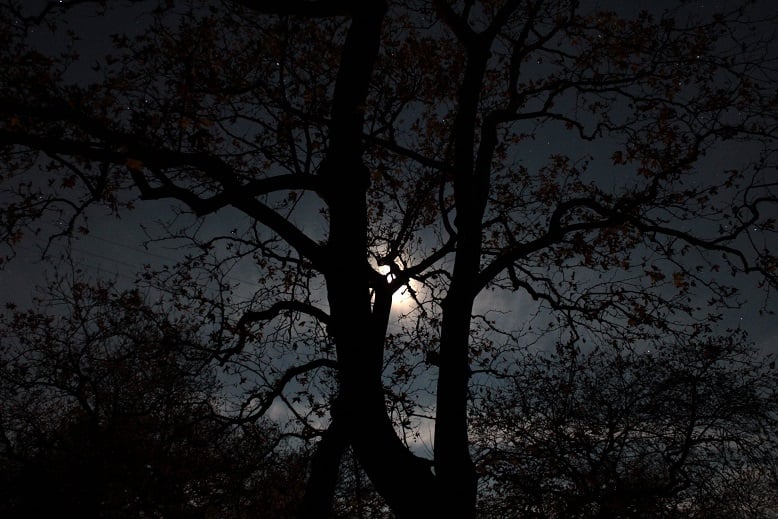
The observatory’s “special location at the very center of mainland Greece makes Kakoyianneio easily accessible either from North or South. There is touristic infrastructure in the area which can accommodate a vast spectrum of visitors of all ages and budgets”, explained physicist Fanis Smanis.
From his position as chairman of the local union of amateur astronomers, SEAF, he is one of the team who first envisioned the creation of the Kakoyianneio and saw the project through all its phases.
The institution is named after its benefactor, the late Stavros Kakoyiannis, a local architect who thrived in Athens but never forgot his place of origin. At an old age, he and his wife, who was also local, decided to donate their fortune to “a project that the people of their village would truly enjoy”.
The initial thoughts to create a cinema or a spa hotel next to Ypati’s famed hot springs were eventually overpowered by SEAF’s proposal for a model space observatory.
“Back in 2007, a number of scientists from different fields were gathered by another local, the biologist George Sfikas. They were presented with the idea to create a hub for amateur astronomers in the regional unit of Phthiotis to be based inside the abandoned primary school building of Ypati”, Smanis recalled.
“The funding would be very difficult, but when Kakoyiannis was informed, he made the donation to SEAF directly so we could move on with the project”.
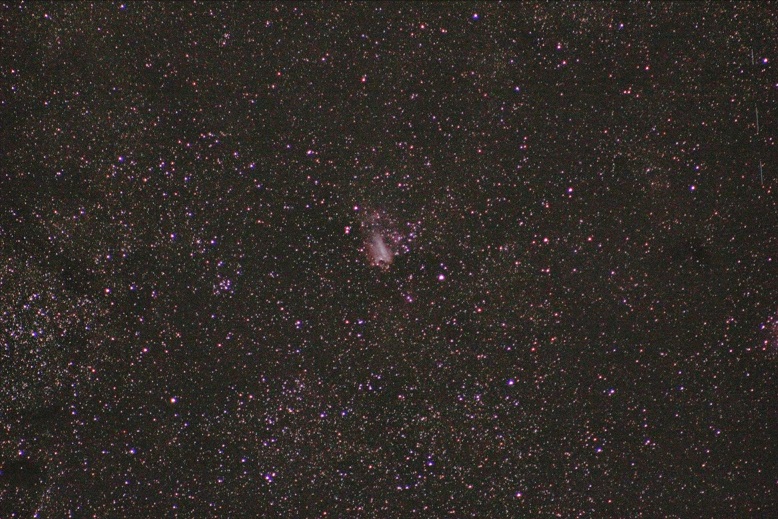
The funds were eventually used for the acquisition of technological and research equipment as well as for the remodeling of the old building.
In 2008, a cozy 80-seat capacity amphitheater was set up and started to operate a year later, offering lectures, presentations and documentary screenings in relation to physics and astrophysics.
It was followed by the 50-seat capacity planetarium, equipped with a projection system for astronomy films and educational programs such as Starry Night and Star Vision, which describe the stars on the sky. The 9-meter diameter dome also allows for dome depiction films.
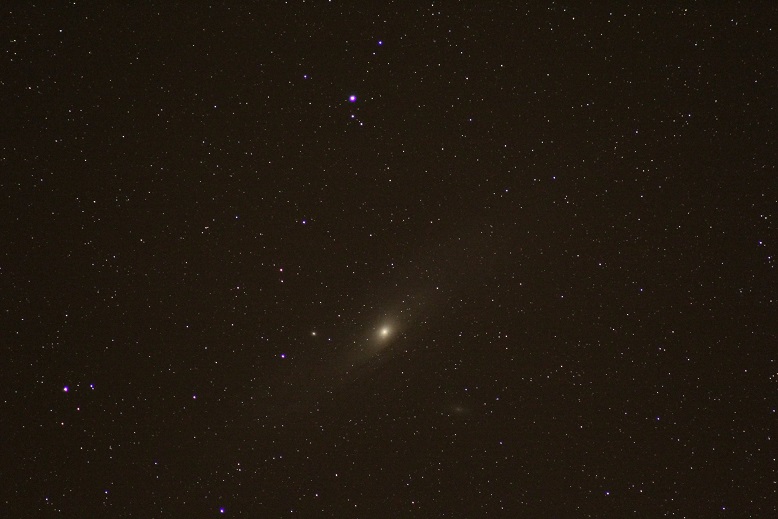
The last remaining money from the donation was used for a new adjacent building, co-funded by the municipality of Lamia, where Ypati belongs.
The latter homes the actual space observatory, with its powerful solar telescope and additional state-of-the-art, 17-inch catadioptric -one of the largest that exists across the Balkans.
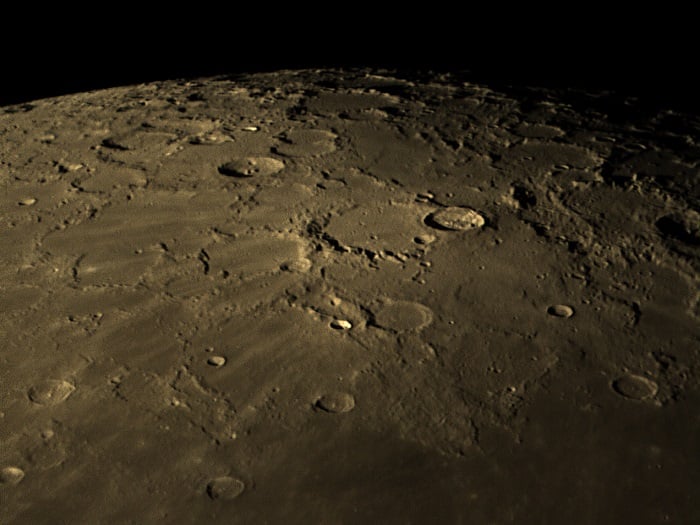
“The telescopes and their connected organs allow us to join the international ARIEL survey program, which studies exoplanets. We are also part of the Artemis program, led by the Universities of Athens, Ioannina and Thessaly, which studies the sun and solar physics,” Smanis says with pride.
He notes that the activities and study subjects of the scientists working at the institution are constantly shifting.
Kakoyianneio observatory also offers classes, lectures
Besides, thanks to the involvement of SEAF members who are also professional teachers, the Kakoyianneio was also granted the title of Star School (Asteroscholeio, in Greek), since it is fully equipped with everything needed to deliver actual teaching classes in the premises, either to pupils or adult visitors.
Although state-owned countryside space observatories open to the public do exist in other locations in Greece, like in Thisseio and Penteli in the Athens area, Smanis pointed out that the triptych that the Kakoyianneio offers exists nowhere else in the country:
“The combination of being able to watch the actual scientific research, attend an educational program, and be taught courses in class, with a whiteboard and the like, is unique to our location.”
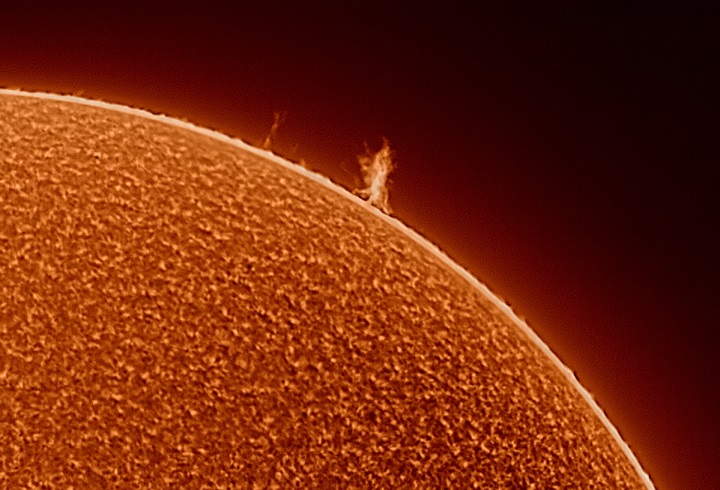
The activities are open to anyone. During the school year, educational institutions ranging from kindergartens to universities travel to Ypati for free presentations.
In addition, SEAF, which is in charge of the entire project, schedules one-off lectures for the public regularly.
These are specially designed to initiate the audience to the essential knowledge, information, basic ideas and principles of astronomy, a science deeply rooted in Greece since antiquity.
Groups from as far as Crete have made the trip to Ypati to visit Kakoyianneio.
Since all the above are offered on free admission, operational costs are covered by the Municipality of Lamia and voluntary contributions or donations-in-kind.
in 2020, for example, SEAF received two mobile telescopes from individuals who had kept them at home but did not know how to use them. “We now have them installed in our premises for people to come and watch the stars at night”, Smanis said with a smile.
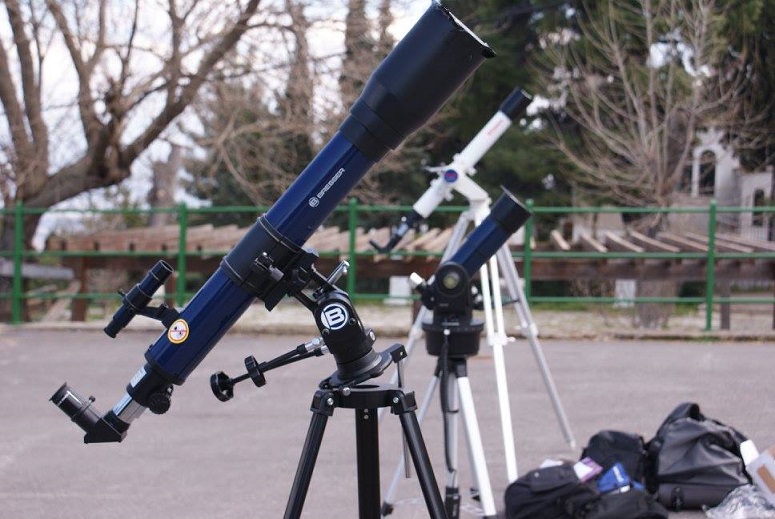
As he invites any groups or individuals interested in visiting to book an appointment by calling SEAF, he expresses the hope that Kakoyianneio Star School, Planetarium and Space Observatory becomes a landmark attraction for the area: “It could brilliantly spearhead different kinds of tourism, including the emerging category of science tourism”.
For more information on Kakoyianneio, you may visit https://www.asterosxoleio.gr/ and https://www.seaf.gr/.
See all the latest news from Greece and the world at Greekreporter.com. Contact our newsroom to report an update or send your story, photos and videos. Follow GR on Google News and subscribe here to our daily email!



